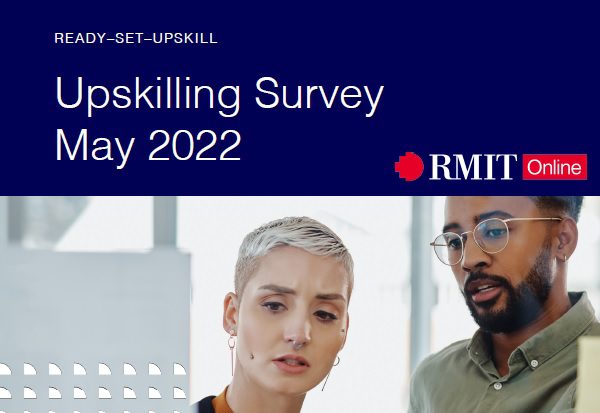Time to talk
After almost two years of pandemic-induced disruption, companies and workers have finally started to experience a sense of normality across Australia in 2022. In the second quarter, most businesses began going back to the office without government restrictions and are now defining their new working models.
At RMIT Online, we study and help shape the future of work. This report contributes to understanding how businesses rethink these new models post-COVID.
The most critical finding of the report is that leaders and their employees have significantly different views about how to move forward, the impacts of the changes, and what the future holds. This dissent led our research team to coin the expression “The Office Clash” to name the growing rift between business leaders and workers regarding the office’s role.
One example of this contrast is that an overwhelming majority of respondents (89%) say organisations want employees back in the office most of the time, while 91% of no-managers believe employees wish for much more flexibility. The friction is already happening. Almost half (44%) of those interviewed say their bosses have mandated they go back to the office full time, but 71% of those back would prefer to spend at least one day at home — 56% would want two days or more.
There are multiple explanations for this rising tension between companies and employees — factors like age, commuting length, and the current working model all impact the opinions. But the most significant differences are influenced by the position in the company.
Only 21% believe managers and non-managers agree on the best way to work. These two groups have different views about productivity, why people want flexibility or the reasons companies like them in the office.
Most managers (58%) agree workers can be equally productive at home or in the company, but one in four (24%) say workers are more effective in the office. Only 12% of employees believe this to be true…


